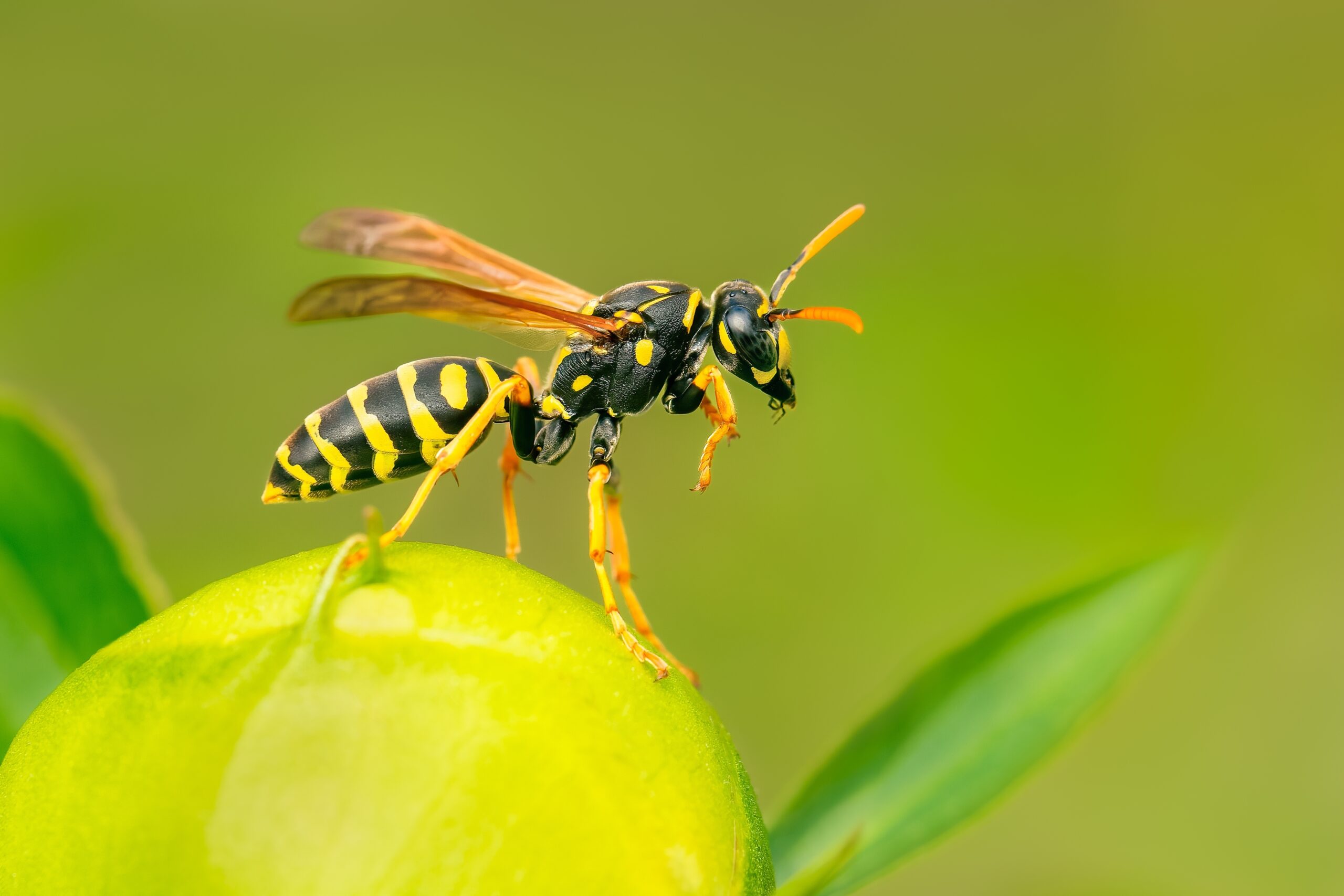By TPL Pest Control Islamabad
At TPL Pest Control, we often get calls from worried homeowners saying they’ve seen flying insects in their homes. Most of the time, people assume it’s a termite problem and think their house is already damaged. But the truth is, not all flying insects inside are termites. Sometimes they are carpenter ants, fire ants, or even small harmless wasps. So, before getting stressed, it’s better to understand what these insects really are and how pest control can help.

Timing – When Are Flying Insects Most Common?
As pest control professionals, we know that termites have a specific season when they swarm. But homeowners don’t usually know these details. That’s why whenever they see winged insects, they assume it’s termites, even if it’s not the right time. For example, termites usually swarm in the spring and summer, especially in homes that stay warm. Formosan termites mostly swarm at night in May and June. If flying insects appear during the day, they’re usually ants or native termites. So while we always check the insects to confirm, the time of year and day gives us the first clue.
Appearance – How to Tell the Difference Between Termites and Ants
Sometimes the homeowner is too scared to look at the insect closely. But if they can describe a few things, it helps us identify the insect over the phone. Termites have straight antennae and all four wings are the same size. Their body has two parts. Ants have bent antennae, wings of different sizes, and a body with three parts. If the client can answer a few of these questions, it may reduce their stress—especially if they learn it’s ants and not termites. But we still always recommend saving a few insects so our pest control team can confirm the type.

Reaction – What Should the Homeowner Do Next?
The first thing we do is calm the client down and tell them that flying insects don’t always mean serious damage. Yes, it’s scary to see them inside the house, but it also helps identify an issue early. The main concern is not the swarm itself, but where it’s coming from. There could be a hidden colony or moisture problem behind it. We usually don’t send someone to treat an active swarm because by the time we reach, it’s already over. Instead, we ask the client to collect a few insects in a small box or container and our inspector visits as soon as possible. We avoid scaring people and instead give them time and correct information to make the right decision. That’s the professional way to do pest control.
Speak the Truth – Don’t Fall for Myths
Many people think termite swarmers are harmless because they don’t eat wood or sting, but that’s not fully true. Swarmers are a sign that there is a colony nearby, and they can start new colonies which do cause damage. We also explain that carpenter ants chew wood to make nests, and fire ants can damage wires and even sting. DIY pest control won’t fix termite problems. Spraying here and there won’t stop termites from spreading. And general pest control is different from termite control. Both require separate tools, methods, and plans. That’s why they are offered as separate services.
Let’s Talk About Ants – Small but Problematic
Ants are one of the most common pests found in homes and offices. While they help in nature by controlling other bugs and improving soil, they are a real issue when they enter buildings. Ants live in colonies with a queen and workers. The worker ants look for food and leave scent trails that guide other ants to the same spot. This is why ant baits work well if placed correctly. Some ants like carpenter ants make their nests by digging into wood, which can damage your home. It’s important to catch the signs early—these can be food trails, wood dust, nests, or flying ants.
Ant Control – How We Handle the Problem
At TPL Pest Control, we follow a step-by-step process to solve ant problems properly. First, we inspect the area to find out what type of ant it is and where the nest is located. We also check what is attracting them—like moisture or food. Then we make a treatment plan based on the ant species. We use ant baits along the trails and near the nests. We also use non-repellent sprays around entry points and special foams or dusts inside the nests if we can access them. Our focus is always on destroying the nest, not just spraying the surface. We also monitor the situation regularly, checking if ants return and if more treatment is needed. Prevention is also important, so we guide clients on keeping their homes clean and dry to avoid attracting ants again.
Final Thoughts – Pest Control You Can Trust
At the end of the day, TPL Pest Control is here to give you peace of mind. Whether it’s flying insects, ants, or termites, our job is to provide honest advice and professional service. We don’t use scare tactics—we give correct information and effective treatment. Our goal is to help you understand what’s happening in your home and what needs to be done. This way, you get proper protection, and we earn your trust. A satisfied customer is the best kind of marketing, and we’re proud to offer pest control services you can rely on.
If you’re seeing flying insects in your home, don’t panic. Call TPL Pest Control today, and let us take care of it the right way.




